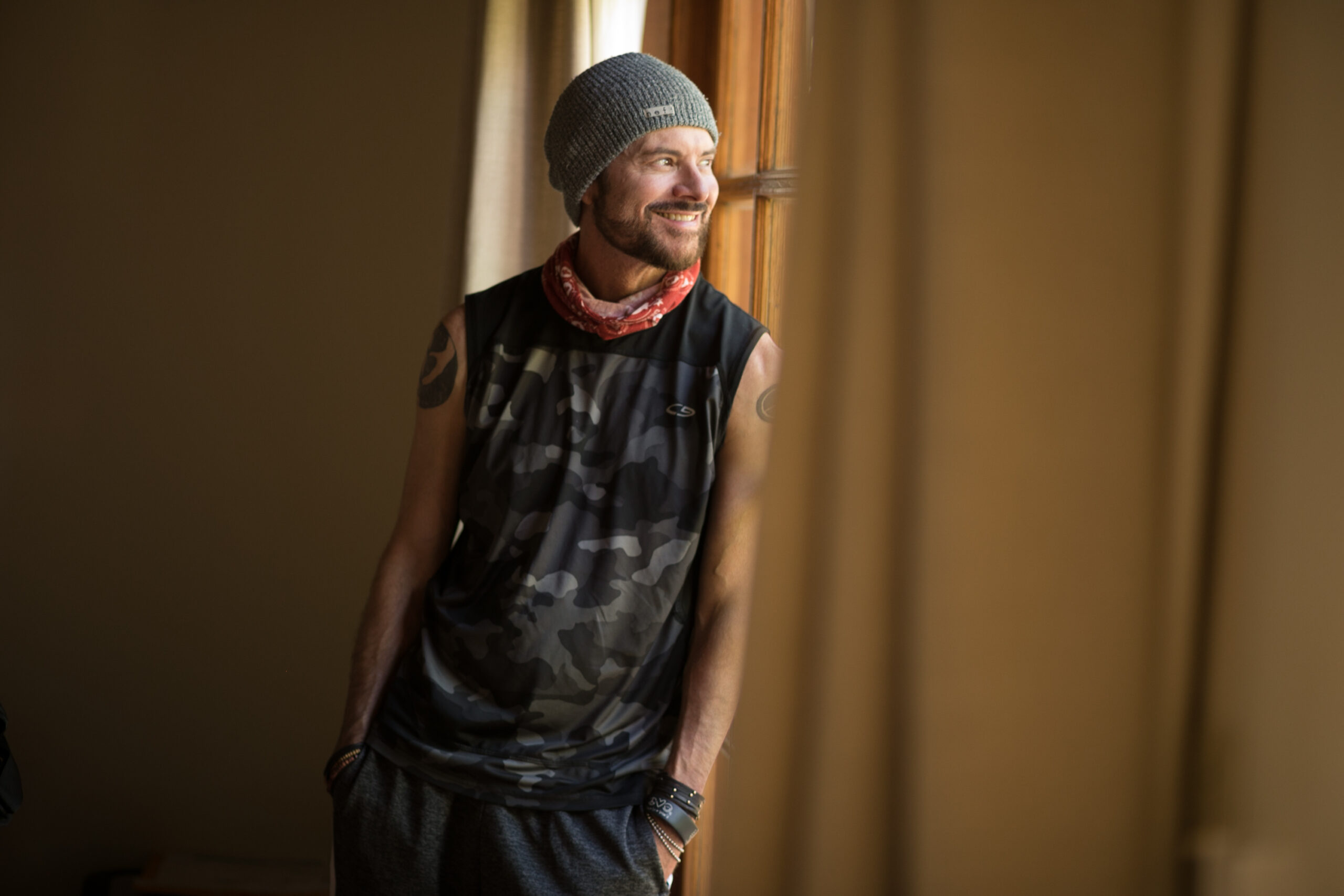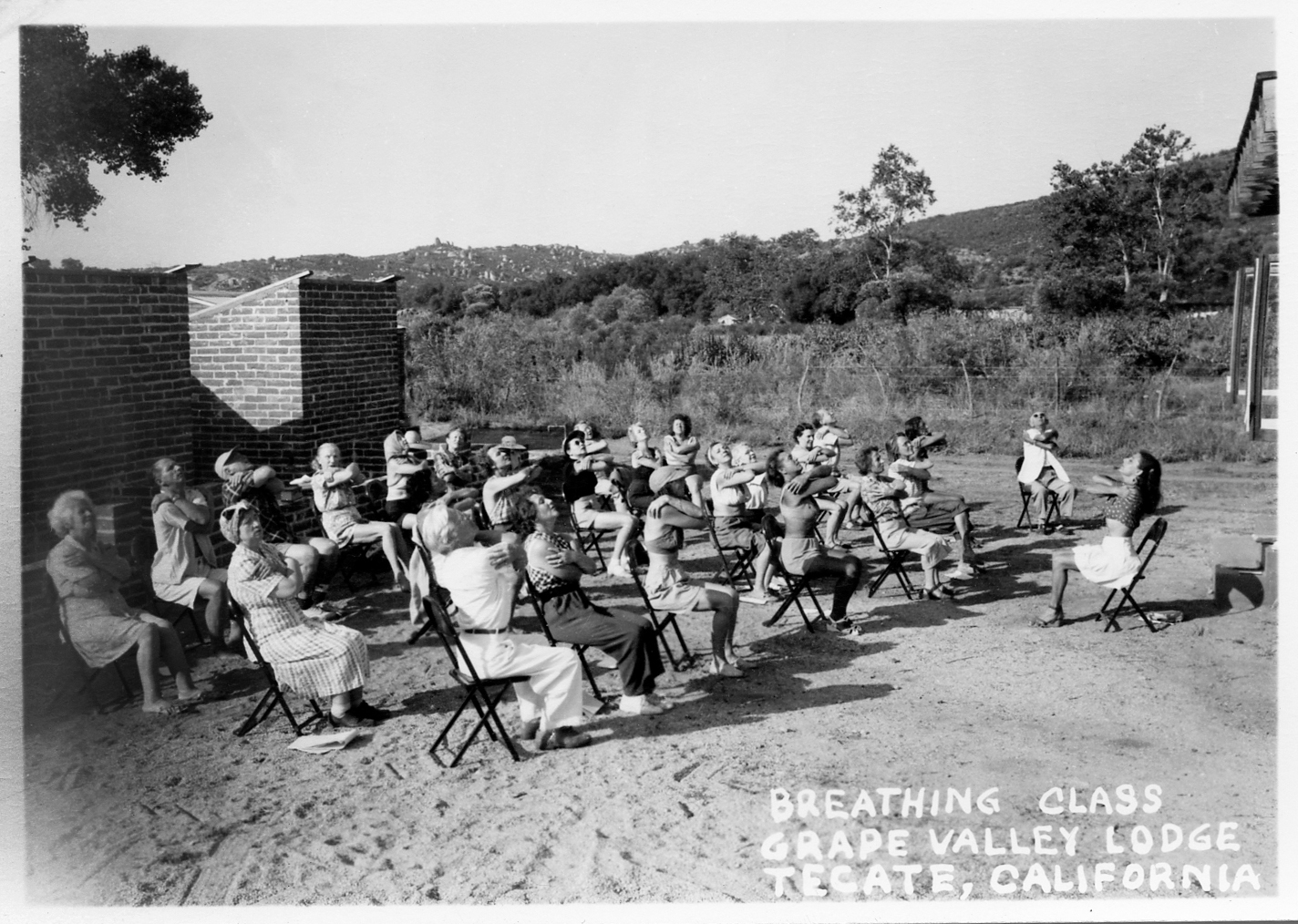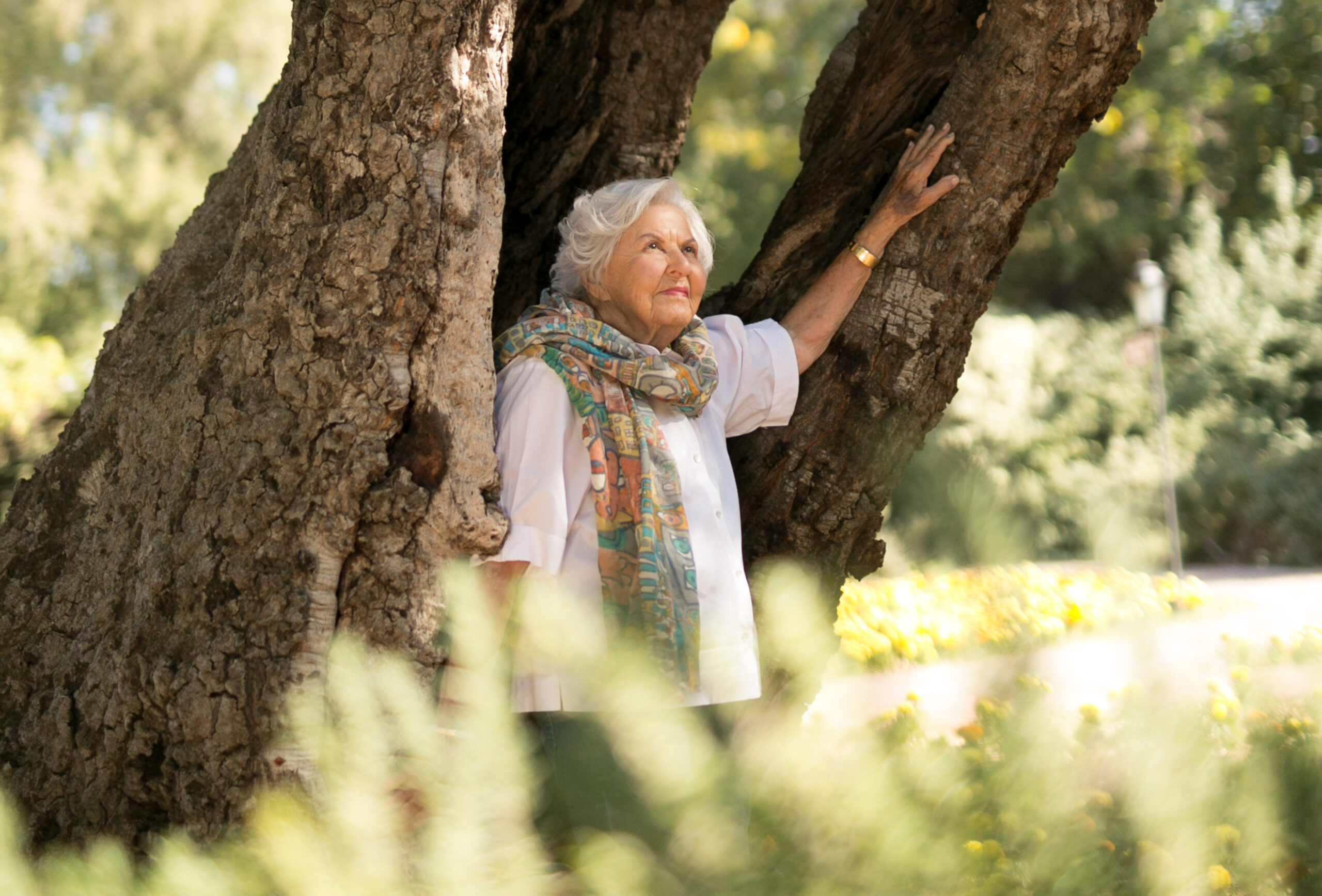Origins of the Ranch, Part XXI

The Days of Deborah’s Wheels … and Wheeler-Dealing
Founded in 1940 at the dawn of World War II, Rancho La Puerta turned to various odds and ends of war surplus materials after armistice to help accommodate its growing numbers of guests. In an interview from the mid-1980s, Deborah recalls being the Ranch’s first driver, and how her new ability to drive ushered in a new era at Rancho La Puerta.
“In 1947 I bought a Jeep at a war-surplus sale. The Professor by then had received a border-crossing card…[but] he never acquired mechanical ability, or claimed that he did not (although one winter my kitchen was mess because of his experiments with solar cooking).
“The Jeep was my responsibility. Motoring around Tecate was something of an adventure then. I learned to drive on the U.S. side, where you had to follow for several miles a twisting, now-abandoned, one-lane road that clung to the rocky hillside high above Barrett Lake, a stretch so rippling with hairpin turns that you were almost constantly sounding your horn to warn anyone who might be oncoming, but unseen around the next bend.
“Over the border in Mexico, rain and mud rendered our road nonexistent during some days of the year. Fortunately, ex-President Miguel Aleman established an impressive ranch home not far from Rancho La Puerta. Almost overnight, the Tecate Valley received a reliable road as well as hydraulic development—pipes linking the town to Tijuana’s Rodriguez Dam.
“Furthermore, the late Mexican president made the Ranch a gift of 200 olive trees from the 10,000 he had set out on his estate. Ours flourish to this day, rearranged to form an outdoor dining arbor at one side of our new (1986) dining room.
“As the Ranch began to attract notice, it precipitated what constitutes the make-or-break period in the history of any establishment: the time when you must accurately guess your need for increasing facilities and staff, plan them in your fancy, and then make them all come together in fact. It’s difficult under the best circumstances, more so when a new enterprise is small, undercapitalized, and 50 miles from a major city.
“We put up the Ranch’s first dining room as soon as we began staying open year ‘round. The first business office dates from 1947 or 1948. At the start, the Professor specifically ordered each building, but after setting forth his ideas he left the construction to the rest of us.
“As custodian of the Jeep, I also became Ranch purchasing agent and its general contractor. I checked out how-to books from the San Diego Public Library, sketched roughs for the Mexican foreman to follow, and continually inspected our rising new guest accommodations and public buildings.
“When I didn’t have to drive and drive, I read and read. I sent for pamphlets from the U.S. Department of Agriculture. I never bought a major appliance without checking Consumer Reports, and heeded Sunset magazine’s down-to-earth advice. It was on-the-job learning all the way.”
A writer from New Zealand—Guy Young—stayed at the Ranch for an extended period during these early days, and recalled Deborah’s use of language with amusement:
“El Profesor Szekely’s wife was an American citizen, and her first language was naturally American, but she had spent some years of her childhood in Tahiti, where she picked up fluent, happy-go-lucky French. Her Spanish was forceful, and equally carefree about grammar. Directions for much of the business she transacted originated with El Profesor, and were…loaded with minute instructions…passed on to her in the mixture of French and English they used together. She elaborated and added to these instructions in American and Spanish for the benefit of the stream of gringos and Mexicans who came to her office throughout the day and evening asking what they should do next..
“These instructions seemed to run the whole gamut of human activity from agriculture and bookbinding to yoga…Mrs. Szekely also dealt with the buying. Buying excited her and she got a great kick out of auction sales. If a San Diego restaurant had a fire she’d be there as soon as the fire engines were out of the way, picking up scorched refrigerators…
“Once, after she’d bought most of the contents of a fire-damaged timber yard, she found she’d signed an agreement to have all the blackened junk out within thirty-six hours.
“Everyone…who could legally cross the border…worked nonstop disentangling the stuff, which was any old way like a rook’s nest. They hauled the first truckloads feverishly back to the border-crossing point which was about 50 miles away over a winding mountain road … the weakest member was left to guard and start filling in forms for the U.S. and Mexican customs. They had it all out within the time limit.
“To comply with U.S. customs, it had to be unloaded at the border for inspection and weighing. Indeed, Mrs. Szekely considered herself fortunate that the Mexicans did not insist on further unloading in their Customs zone. The blackened workers, capable only of uttering a faint keening at this possibility as each load went through, watched the ancient and inscrutable Mexican Customs officer like men unsure of their lives.
“As it happened, nearly one-third of the timber was usable. The rest of it was chopped up for firewood, and blackened everyone who touched it.”


